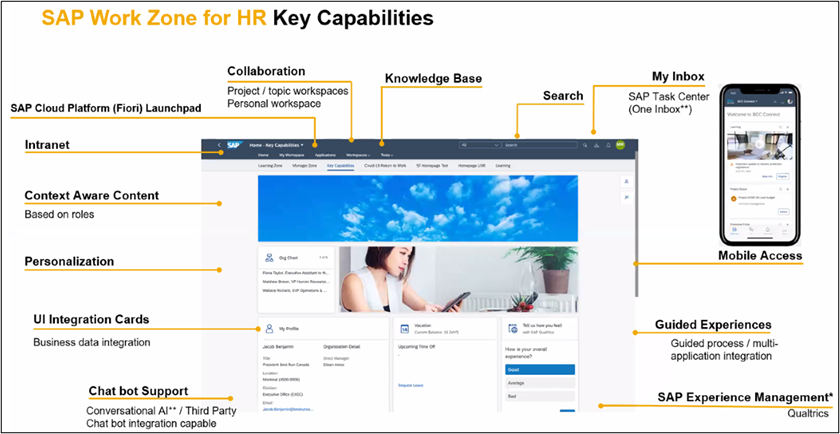The key success factors for HR management
Interview
Ludovic FOURNIER
BiHRdy Engagement Manager at HR Path
When it comes to HR management, we often hear the term “HR analytics” or “people analytics” or “workforce analytics”. How to define these concepts?
HR analytics concerns all data specific to HR (including data relating to employees). By “people analytics”, we mean the analysis of all information concerning people connected with the company (employees, customers, etc.). “Workforce analytics” considers the entire workforce (employees, temporary workers, service providers, chatbots, analysis of automated processes, etc.) often through financial analysis.
What is it used for in human resources?
There is a need to align HR indicators with corporate strategy. Analytics focuses on the financial as well as the human spectrum. It is a decision support tool to:
– Know the main HR costs i.e. % of absenteeism, cost of a recruitment etc.
– Evaluate the performance of HR processes with a view to continuous improvement (candidate/employee experience),
– Measure the return on investment on HR actions carried out for the company and employees (training, follow-up).
Finally, HR management consists in knowing your data through reporting and understanding them (especially thanks to benchmarks) in order to propose solutions to HR problems.
What are the key success factors for successful HR management?
The indicators produced must be adapted to the different target audiences (DG, HRD, managers, etc.). They must be built with them and respond to their problems.
The essential skills to have within a steering team are very varied:
– Ability to go out and get the business skills
– IT skills (to understand where and how information is stored)
– HR Competencies
– Data analysis and statistical skills
– Marketing and presentation skills, for the exploitation of results
If these skills are not available within the team, it is possible to seek them from other areas of the company.
Of course, it’s essential to have reliable, up-to-date and enriched data as much as possible. The choice of where the data is stored is an important lever.
About storage space, do you prefer Core RH or Data Warehouse technology?
The data are usually stored in the master HRIS, which is often the tool used to generate payroll, but it can also be stored in an HR Core.
The HR Core is an information system that consolidates the essential data needed on the entire population, but it is not intended to store all HR data. If possible, it is therefore preferable to send the HR data to a Data Lake or Data Warehouse.
Where the Data Lake will simply retrieve the raw data, the Data Warehouse will enrich the data, automate the calculation of indicators and thus make it more reliable and consistent.
How do you see this field evolving in the coming years?
Prescriptive and artificial intelligence will be increasingly present in HR processes. Their implementation can only take place in organizations with a strong performance measurement culture. Too often, performance is only measured at the individual level during the annual performance review. Measuring the effectiveness of all HR processes is an essential element in order to make a real difference in decision making.









